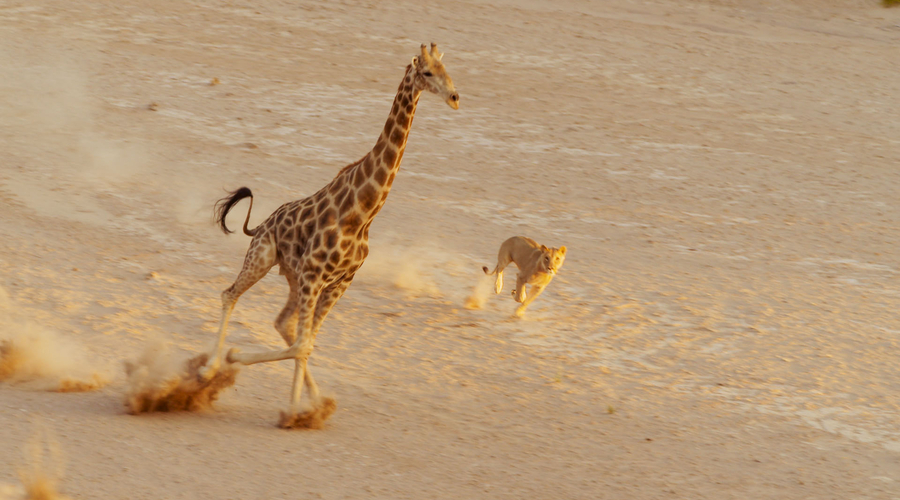Planet Earth II executive producer Mike Gunton gave this year’s Baird Lecture, drawing a capacity crowd of 300 to the University of Birmingham’s Elgar Concert Hall at the end of March.
The Baird Lecture traditionally focuses on how technology influences TV production and BBC One’s Planet Earth II is the perfect example of recent innovation.
Gunton, who is creative director of factual at the BBC’s Natural History Unit, explained how the latest technology has shaped the content of programmes.
The production team used infra-red cameras to shoot the amorous rhinos and the baby iguana who outran the snakes hot on its tail.
The story of the snow leopards would have been impossible to film without hidden, modern cameras. These captured the leopards leaving their mark on trees to attract mates, explained Gunton, who has notched up three decades’ experience of natural history programmes.
Of course, for TV audiences, the arch storyteller was Sir David Attenborough, whose commentary Gunton used to relate the important conservation message behind the programme.
Planet Earth II is the most successful natural history programme of the 21st century in the UK, reaching peak overnight audiences of 10.8 million and consolidated audiences of some 15 million.









